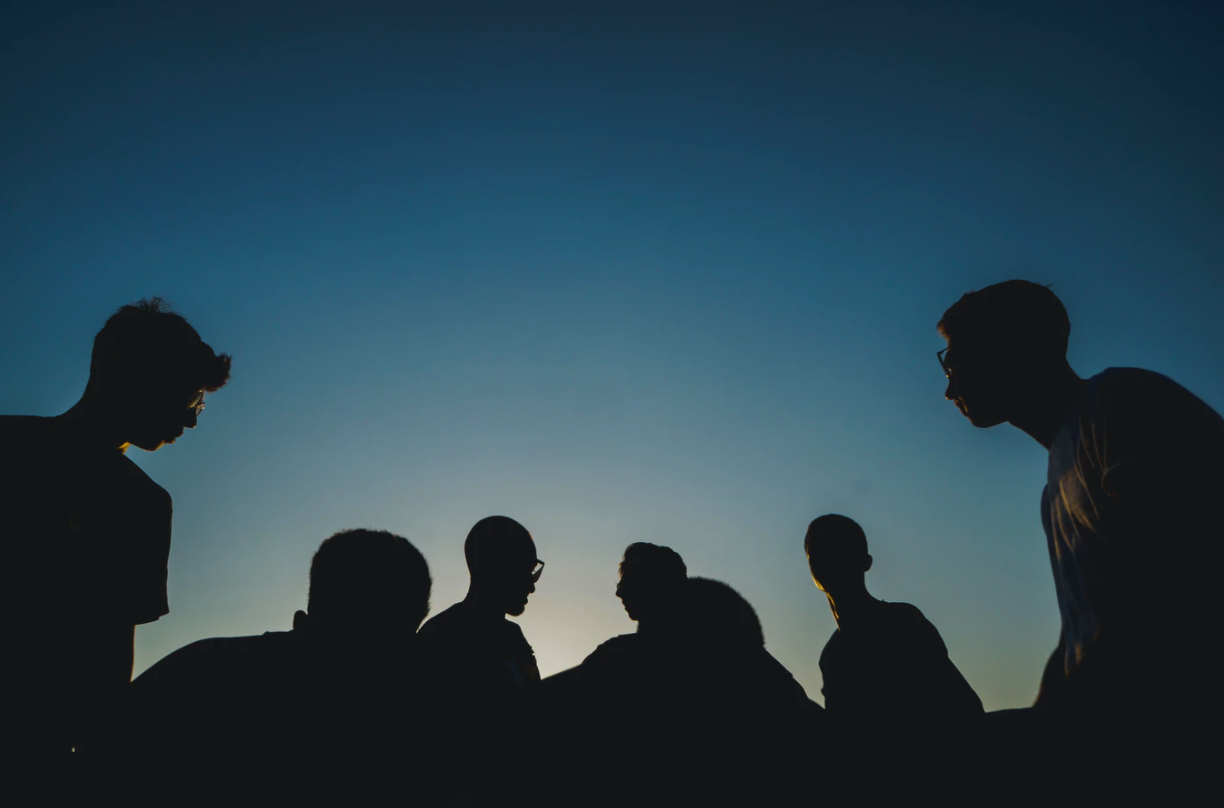What do you do first when you enter a new environment? Of course, you introduce yourself. Although there are slight differences between cultures, the contents are similar. Name, profession, title, hometown, etc. Ethnicity is added to these in an international environment. So why are these identities important to us?
When we look at the history of humanity, the coexistence of hundreds of thousands or even millions of people in big cities is a fairly new phenomenon. We survived in small groups for a very long time. Our group was the only bridge between life and death. Separating from the group meant death. For this reason, those who lived in groups were able to leave the ice age behind. Belonging, loyalty, and protection.
Although these are vital to the group’s survival, there is another side to the coin. There is no ‘us’ without an ‘other’. Because being a group brings exclusion as well as belonging. This “other” includes anyone who is not like us. Both in appearance and cultural rituals. We see how effective social identities are in the study of Tajfel and Turner in 1979. Participants in the psychology study were shown pictures and asked which ones they liked best. The researchers divided the participants into two groups according to their picture preferences. Then they asked the participants to divide a certain amount of money between the person in their group and the person in the other group. Participants made unfair distribution at a high rate and gave much more money to people in their group.
But why? Even in such a simple grouping, the sense of belonging has led to an unfair distribution. For this reason, the race, religion, culture, gender, social class we are born into drastically affect our view of life and our behavior towards other group members. An important point here is the self-esteem. When we review our lives, it is our individual achievements that make up our self-esteem. However, this is a very arduous process because success and failure are only on our shoulders. Well, can’t we just go easy instead? For example, I can define myself as a Turk and share in all the achievements made by other Turks for thousands of years. In this way, we can meet our need for self-esteem without making an individual effort. However, this situation puts us in a deepening identity dilemma. People who increasingly identify themselves with an identity tend to exclude anything in common with those outside of this identity. For example, they get to a point where a group like “human” that includes all of us no longer makes sense. We have experienced this many times throughout history. Many societies that fought each other compared one another to mice, cockroaches, and reptiles. Because being human was a privilege granted only to their own group. But does it have to be like this?
No. History is full of positive examples as well as showing us terrible events. The groups communicated not only by shedding blood but also by inspiring and interacting with each other. As a result of these interactions, a common culture has been formed and everyone has become a member of a common group. Nations today, including millions, are an example. Moreover, we see that many different nations meet under the European identity, such as the European Union, or people from many different nationalities, like people in United States, gather under the “American” identity. In more local cases, there are examples where ethnically and sometimes religiously different groups live together.
At this point, the most important variable is the interaction of the groups. Identities that hide in their corners and never communicate with the other, over time demonize the “other”. Because when there is no real representation, the opposite group becomes a stereotype over time. In this case, the group members do not see each other as individuals with different thoughts and personalities, but as a caricature that becomes a one-to-one representation of the group. At this point, all the negative traits attributed to his group are also attributed to these people. As a result of positive interaction, the parties get the chance to realize that one another is not the horrible creature they imagined. This can be solved by playing with one another, sharing food, dancing, being neighbors, and getting married. Because now the “other” has a face, a name, and a past. When thinking of the opposite group, you think of your neighbor playing ball with you, your colleague at work, even your brother’s spouse, not a stranger.
If each of us shuts up in our own castles to feel safe and does not even poke our heads outside, we will fall into a terrible stagnation. Because new people mean new perspectives. They bring new ideas, like new blood, to our stagnant society. We get different riches by looking at the world from their perspective. Simply think of your favorite foods. How much of your own culture and how much is inspired by another culture? Now imagine throwing away all that food, music, dancing, movies, and books, and buying only works done by people who look like you. What a monotonous, boring color isn’t it? For this reason, it is one of our main responsibilities to show people that another culture and human beings are not a burden but a wealth.
About the Author
Taner Görüryilmaz is a Junior Officer with a Bachelor Degree’s in Psychology. As a researcher, Taner conducted researches investigating psychological violence against women, values, sexism, system justification, vaccination, hygiene, social norms, and leadership. He is earning a Master’s degree in Psychology at Dokuz Eylül University specialising in self-control, free will beliefs, reciprocity, and economic behaviour.


